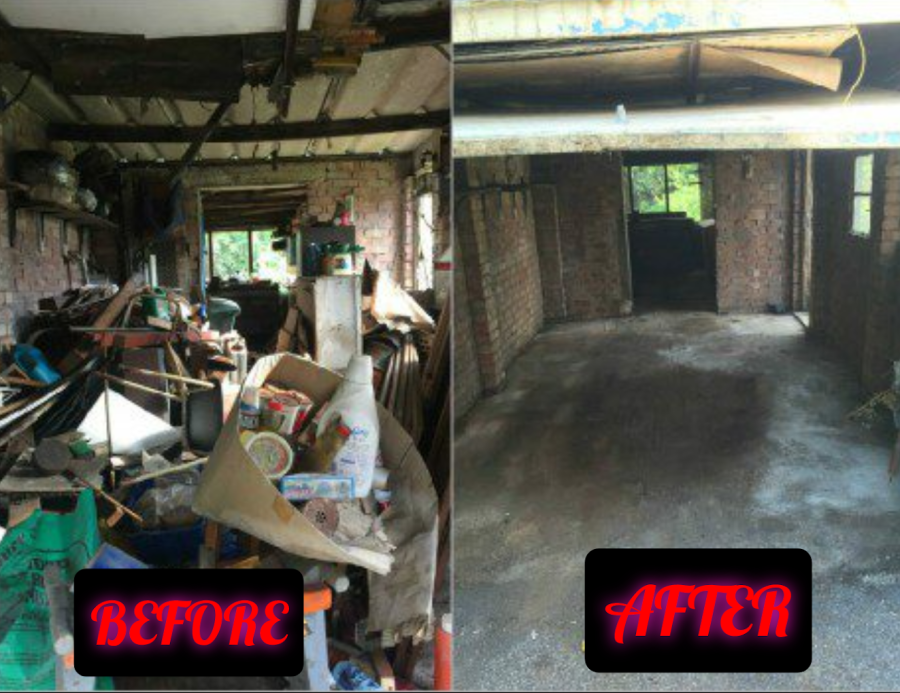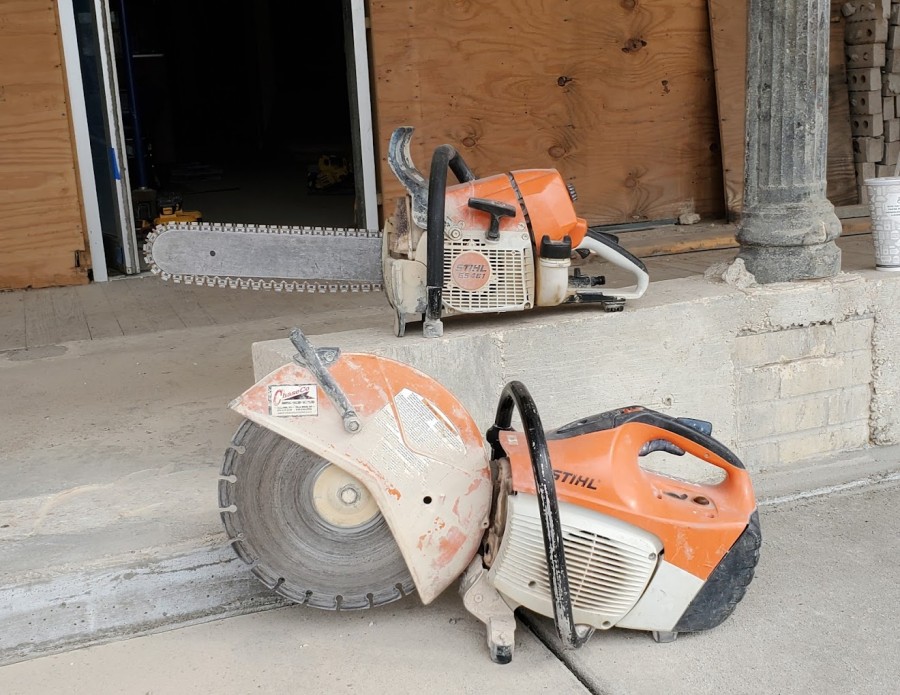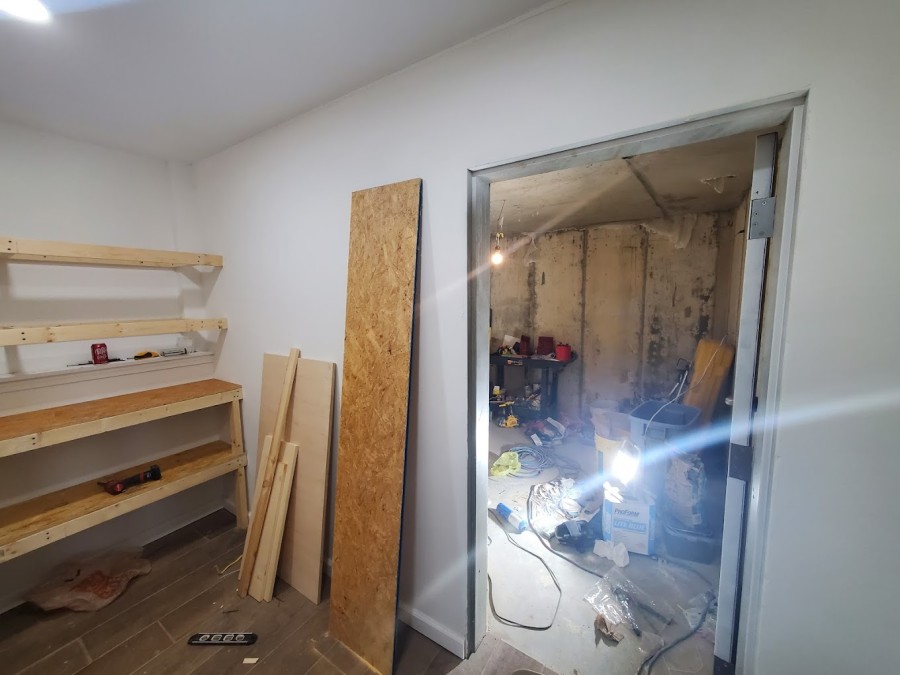Sponsored results
One Call Contracting LLC
Oil tank removal doesn't have to be a pain in the rear. Trust the team at One Call Contracting to remove your unwanted tank, whether... more
All "Oil Tank Removal" results near me in Hillsboro, MO - December 2025
One Call Contracting LLC
Oil tank removal doesn't have to be a pain in the rear. Trust the team at One Call Contracting to remove your unwanted tank, whether... more
A&A Haul Away
A&A Haul Away is a locally-owned, licensed, and insured demolition and junk removal company servicing Lake Saint Louis, MO and the surrounding communities. Our... more
Residential and Commercial Demolition LLC
With more than 30 years of experience performing top-of-the-line demolition services, Residential and Commercial Demolition LLC is committed to providing excellent services that customers rely on... more
Kenuam Excavating Inc
Kenuam Excavating Inc is a small business proudly serving the greater St. Louis area out of De Soto, Missouri. We are focused on our... more
Riggs Diggs
Riggs Diggs of Eureka, MO guarantees their work is of the highest quality and their rates are fair. They specialize in a wide variety of... more
Yoder & Sons Hauling & Excavating
Yoder & Sons Hauling & Excavating provides the Farmington, Missouri area with dependable and professional demolition, excavating, and hauling services. We possess the technical expertise to handle... more
Nichols Development Group LLC
Established in 1996, Nichols Development Group LLC is a top choice for safe and efficient demolition services throughout Illinois and Missouri. We offer a wide range... more
Cheyenne Contracting
At Cheyenne Contracting, our team has more than 30 years of experience serving the community. Since 1989, we have been specializing in demolition and excavating... more
A1 Wrecking & Salvage
Here at A-1 Wrecking & Salvage, we take pride in providing superior quality work to our customers. We keep our customers satisfied, and that leads... more
Plattin Creek Excavating
Plattin Creek Excavating can handle almost any site development project you can throw at us. From planning and budgeting to final project closeout, our experienced... more
Nearby Places for Tank Removal
Tank Removal Tips for Hillsboro, MO
Should I hire an experienced professional to remove my oil tank?
When dealing with an oil storage tank—whether above ground or underground—you should only let an experienced professional handle it properly. An oil tank removal expert or licensed demolition contractor will know how to safely and properly handle your tank's removal.


